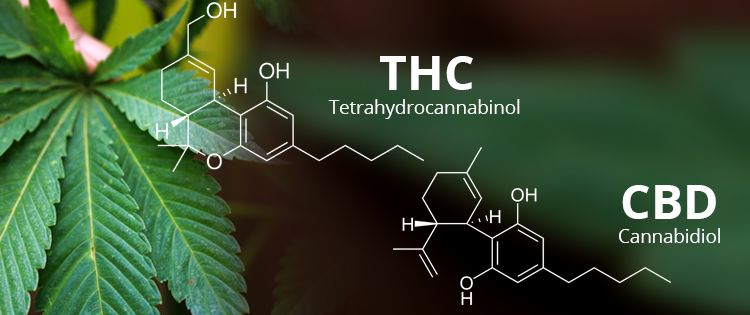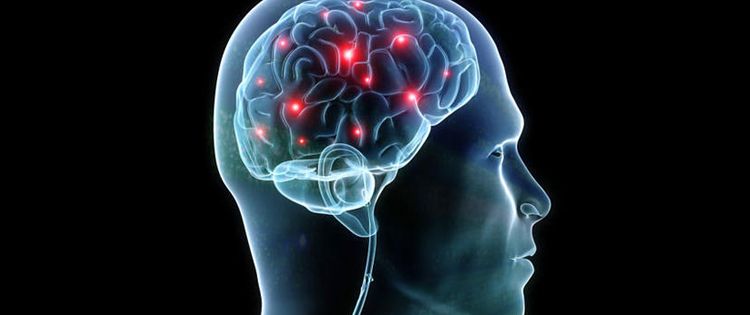As the recreational use of cannabis increases, the use of the cannabis plant for medicinal purposes is growing as well.
Cannabis contains more than 500 natural compounds while at least 113 of them are known cannabinoids, and many of them are known to have a positive impact on health.
The plant is known for its potential to help with various medical conditions. However, one of the most widely known components of the plant (besides THC) is CBD, which actually acts as the complete opposite of THC.
What is CBD?
While THC makes you feel high, CBD does the opposite of that, it makes you calm down. Cannabidiol or CBD is known for its positive effects and various studies have been conducted on to explore these effects.
This chemical component of cannabis is used when making oils as well as edibles in order to provide a feeling of relaxation. Unlike THC (tetrahydrocannabinol), CBD is not psychoactive and cannot get you “high”.

CBD does not cause euphoria or anything like that which THC does, which is why cannabis sold for recreational use contains high levels of THC.
CBD can be found in both Cannabis sativa species: hemp and marijuana.
What is it Used for?
Regarding the medicinal uses of CBD, it can be used for anti-inflammatory purposes as well as for protecting the body’s neutrons from damage.
CBD is also known for being used in the treatment of Dravet syndrome patients. This cannabis component reportedly helps reduce seizures in children struggling with epilepsy.
The medicine containing CBD used for Dravet syndrome patients can be found in pharmacies under the name of Epidiolex.
Other health issues that CBD can help with are muscle spasms as well as migraines, arthritis, and schizophrenia.
Researchers are investigating the effects of CBD in labs across the world and as a result, we will have more CBD-rich strains in the future.
Up until now, THC was the dominant component of cannabis and medical evidence is leading the change.
Interestingly, CBD is also widely used in beauty products. New research shows that CBD can help with dry skin, eczema, psoriasis, etc. This is why CBD can be found in many face creams and lotions.

How Does it Work?
What CBD does is elevate the existing levels of endocannabinoid in our bodies. The human body produces a similar chemical called anandamide so using CBD only enhances their levels naturally.
Anandamide brain lipid actually mimics the effects of cannabinoid drugs. It’s considered to be our own version of cannabis produced naturally in our bodies.
CBD as an Antibiotic
As you can see, CBD has many purposes but it can also be used as an antibiotic.
Researchers in Australia tested cannabidiol or CBD against a variety of bacteria and the results of the research are promising.
The non-psychoactive component of cannabis was able to kill all the bacteria including the high-resistant ones. This means that CBD might be the key to treating resistant infections.
Antibiotic resistance is a huge problem because bacteria are adapting to drugs. That means they are getting harder and harder to kill. The research showed that CBD has the ability to kill bacteria.
Some bacteria become resistant to drugs after being exposed to them for 20 days, but not in this case.

The researchers used staphylococcus and streptococcus in their tests. CBD killed the bacteria within 3 hours which is even better than the antibiotics that are currently in use.
Researchers found that CBD is very successful in killing gram-positive bacteria, responsible for serious skin infections and pneumonia.
However, there is no evidence that CBD might be effective against gram-negative bacteria which causes salmonella among other health problems.
Scientists concluded that this cannabis component is less likely to cause antibiotic resistance than the existing drugs.
Dr Mark Blaskovich, senior research officer at the Institute for Molecular Bioscience in Queensland, says it’s too early to start treating infections with CBD on our own.
The research was presented at the annual meeting of the American Society of Microbiology in San Francisco earlier this year. However, further research is necessary in order to discover exactly how effective CBD is in treating infections in humans.
Researchers are not quite sure yet how CBD might be used to fight superbugs but their early work is definitely promising.
- How to Use CBD Oil as a Preventative Medical Therapy - October 7, 2020
- 7 Benefits and Uses of CBD Oil (Plus SideEffects) - August 18, 2020
- Human CBD vs Pet CBD: What is the Difference? - December 11, 2019


